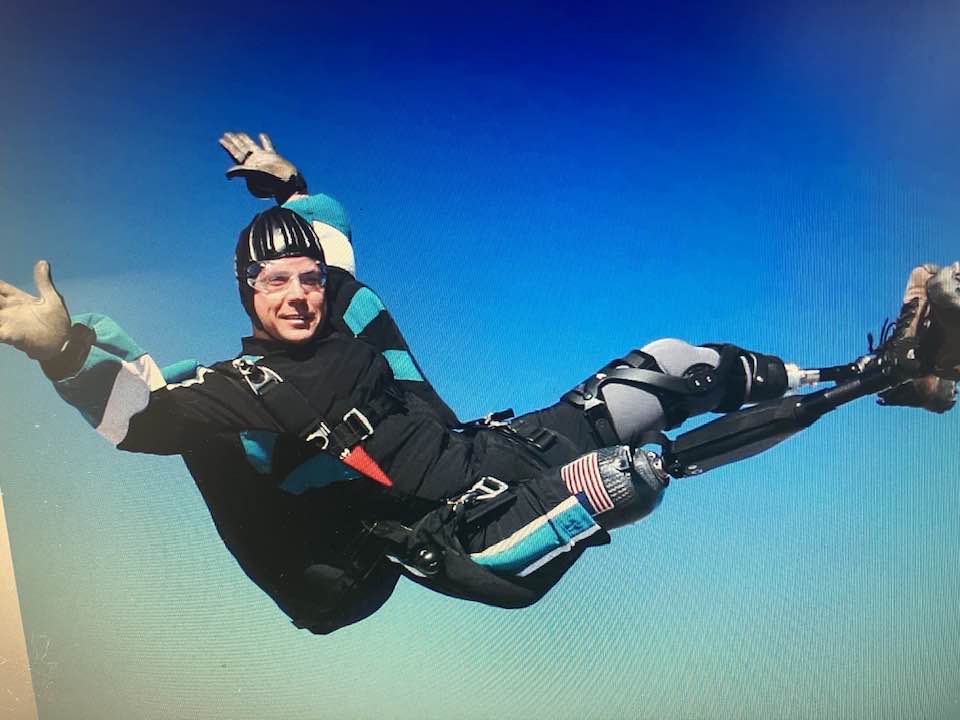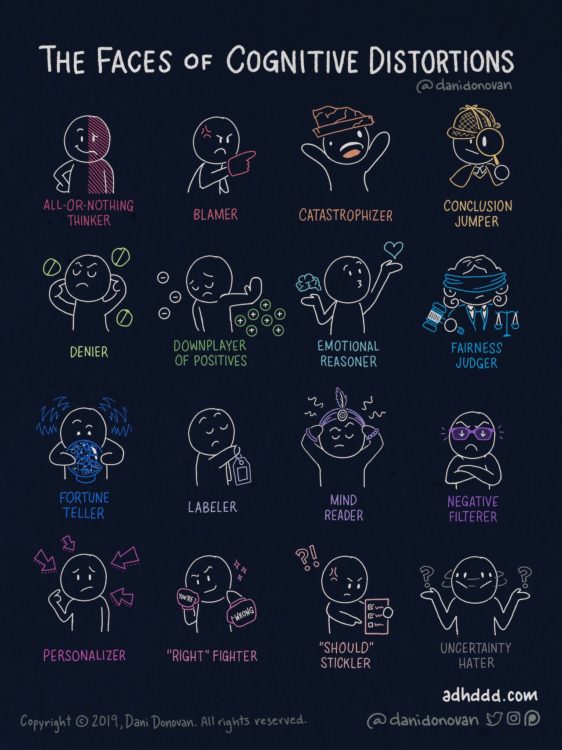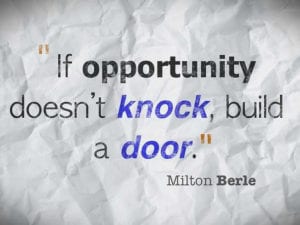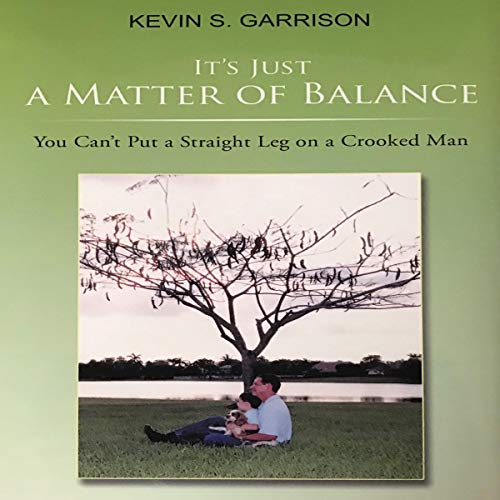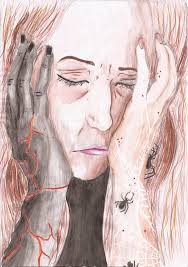
Breakthrough in Phantom Limb Pain started when it was first recorded some 400 years ago by French surgeon Ambroise Paré. At that time, he operated on wounded soldiers, many of whom complained of a mysterious pain in amputated limbs. Despite its long history phantom limb pain remains poorly understood. There is a tremendous breakthrough in phantom limb pain treatment.
Dr. Max Catalan has developed a new treatment that might be the long-awaited breakthrough. He called it “stochastic entanglement,” which describes how entangled neural circuitry causes phantom limb pain. He published his results in the journal Frontiers in Neurology. Dr. Max Catalan is the head of the Biomechatronics and Neurorehabilitation Laboratory at Chalmers University.
Stochastic Entanglement
Amputation severs neurons. They will misfire, creating phantom pain. According to Dr. Catalan, losing a limb “leaves a big chunk of real estate in your brain.” Stochastic entanglement is what he calls these misfiring nerves. Phantom pain results when the severed nerves fire together.
Dr. Catalan points out that after an amputation, the severed neurons’ misfiring and subsequent entangling are explained in Hebb’s Law, which states, “Neurons that fire together, wire together”. Normally, sporadic synchronized firing wouldn’t be a big deal. However, in patients with a missing limb, such an event could stand out when little else is going on at the same time. It is an incredible, emotionally charged experience—to feel pain in a part of the body you don’t have. Such a remarkable sensation could reinforce a neural connection, make it stick out, and help establish an undesirable link,”
Stochastic entanglement also explains why phantom limb pain doesn’t afflict all amputees. The severed neurons do not fire the same way in different amputees, which explains why some people never experience phantom pain.
Phantom Motor Execution Treatment
Dr. Catalan examined how stochastic entanglement can explain the effectiveness of Phantom Motor Execution (PME), a treatment he developed in 2017. When patients undergo PME, they stimulate and reactivate the dormant areas of their brain through artificial intelligence (AI). During treatment, electrodes are attached to the patient’s residual limb to pick up electrical signals intended for the missing limb. These signals are translated into movements for a virtual limb in real time. The patient can see their image on a screen with the digitally rendered limb in place of their missing one.
Breakthrough in Phantom Limb Pain
This is truly a breakthrough in Phantom Limb Pain. The treatment works because it uses the disconnected neural circuitry, which “helps weaken and disconnect the entanglement to the pain network.” Simply put, the treatment invokes an “inverse Hebb’s law”—the more those entangled neurons fire apart, the weaker their connection gets. Additionally, PME serves as a preventive measure by keeping the networks in check and preventing their entanglement in the first place.
Phantom Motor Execution Treatment Goes Public
Stochastic entanglement uncovers what happens in the nervous system post-amputation. It also helps healthcare professionals to understand how and why PME succeeded where other treatments have failed. Clinics worldwide are currently testing PME, and it has been able to reduce phantom limb pain in chronic sufferers.
One example of PME treatment going public is Neuromotus developed by Integrum. It’s a non-invasive, intelligent electronic device that captures, processes, and decodes myoelectric signals to infer limb movements. Electrodes placed over the skin are used to capture muscular activity. The decoded phantom limb movements are visualized into what the company calls a” virtual limb.” It is a tool to promote motor execution of the affected limb. Depending on the patient’s condition, the physician/therapist can use it for neuromuscular rehabilitation and pathological pain treatment. A clinical study of Neuromotus showed: 50% pain reduction, 50% less intrusion of Phantom Limb Pain in sleep 50% reduction in pain management medication. The study has followed up with amputees treated and found relief for six months or more.
Phantom motor execution as a treatment for phantom limb pain
